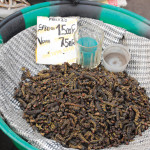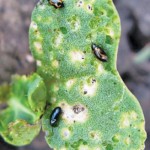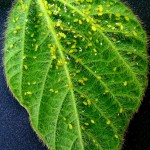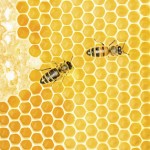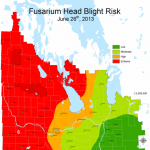There is no shortage of protein in Kinshasa’s Gambela Market, from cows to antelope and snakes. But it is the blue and silver bowls brimming with twitching crickets, termites and slithering mealworms that do the briskest trade. Experts hope that the love of edible insects in Democratic Republic of Congo may hold the key to



